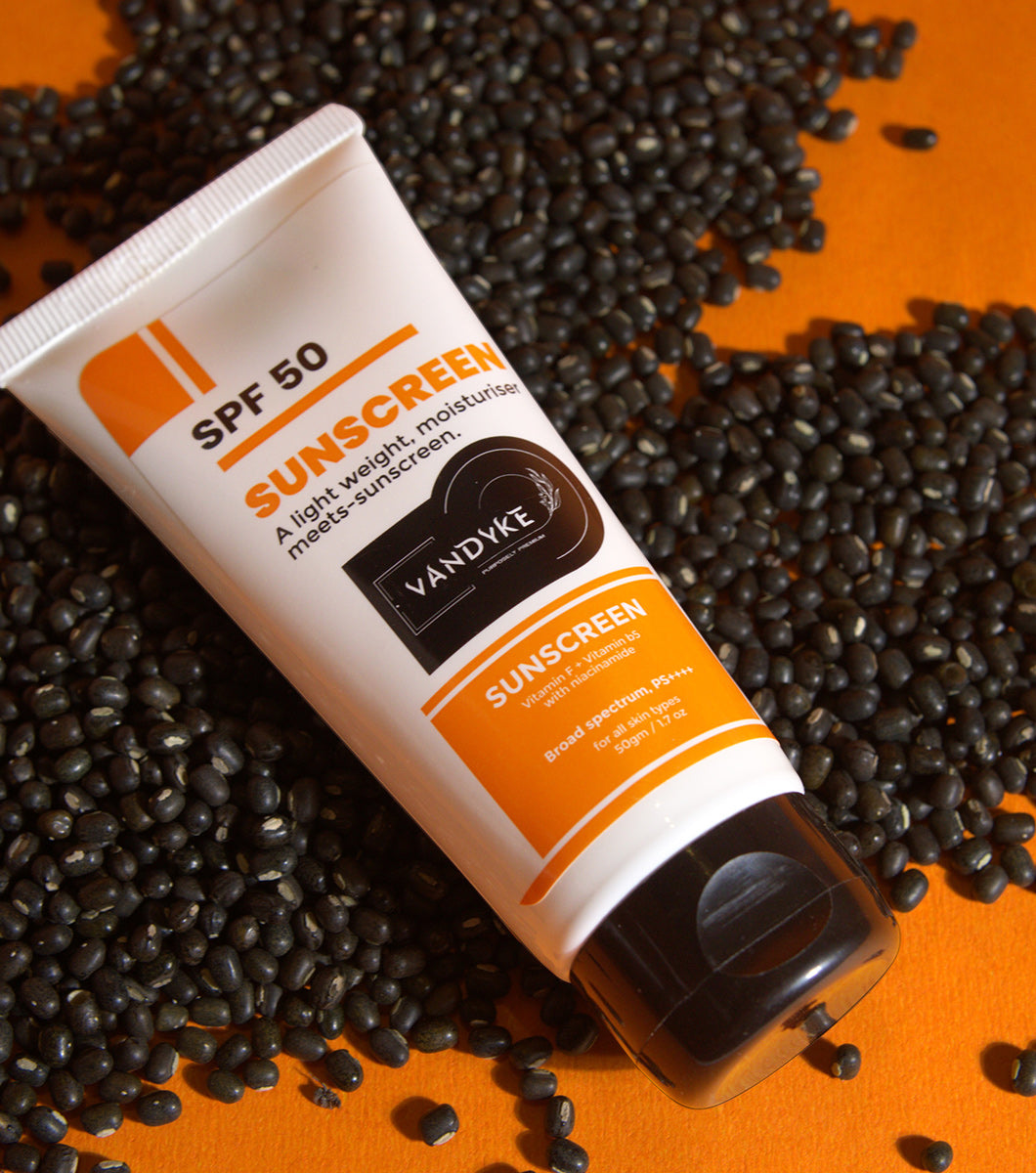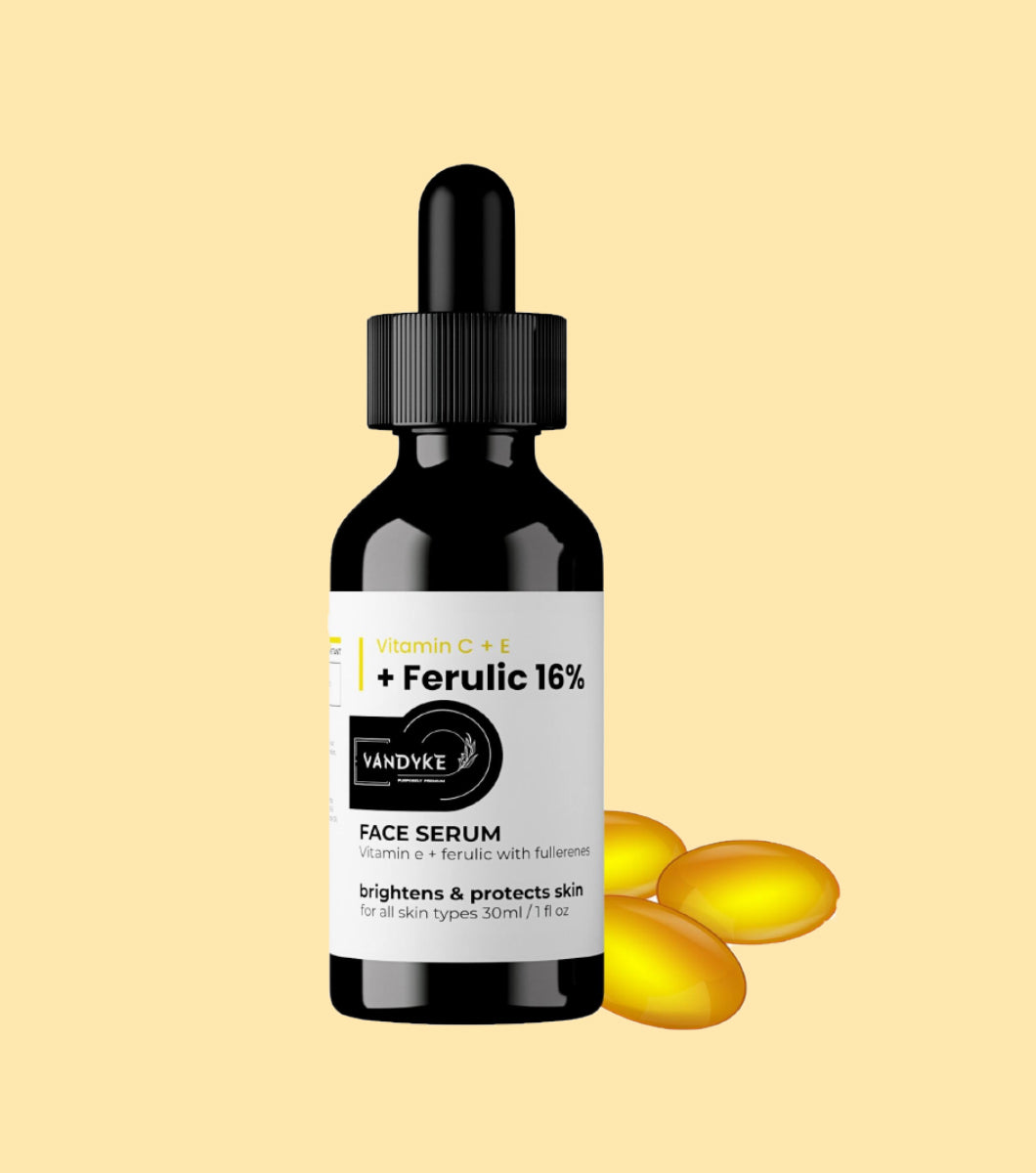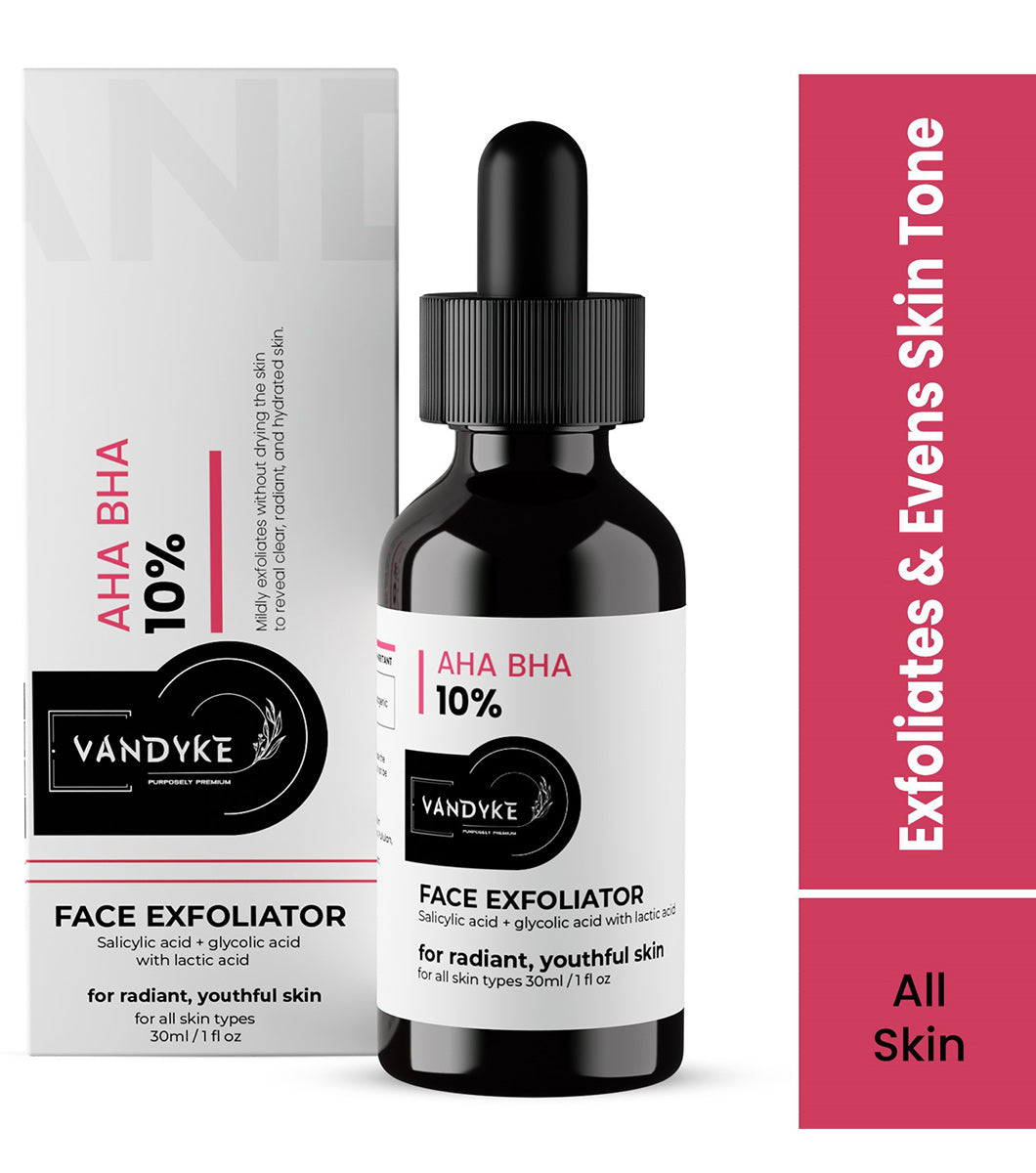
Kojic Acid vs Salicylic Acid Which Skin Exfoliant is Right for You?

Kojic Acid vs Salicylic Acid Which Skin Exfoliant is Right for You?
Kojic Acid vs Salicylic Acid: Exfoliation is an important part of skincare since it helps to eliminate dead skin cells, unclog pores, and reveal a fresh, bright complexion. Kojic Acid and Salicylic Acid stand out among the many exfoliating substances available for their distinct qualities and skincare advantages. Because these two acids address various skin care needs, it is critical to understand their properties, functions, and which one may be the best solution for your individual skin difficulties. Vandyke will go into the world of Kojic Acid and Salicylic Acid in this detailed guide, studying their origins, modes of action, advantages, potential pitfalls, and how to make an informed choice for your skincare programme.
What is Kojic Acid?
Kojic Acid is a naturally produced skincare component extracted mostly from fungus species. Because of its extraordinary skin-brightening effects, it has received a lot of attention in the skincare sector. Kojic acid works by suppressing the formation of an enzyme called tyrosinase, which is essential in the manufacture of melanin. Melanin is the pigment that determines skin, hair, and eye colour. Kojic Acid inhibits melanin synthesis by inhibiting tyrosinase activity, making it an excellent treatment for hyperpigmentation concerns including age spots, melasma, and post-inflammatory hyperpigmentation (PIH).
The Benefits of Kojic Acid
- Hyperpigmentation Treatment
Kojic acid is well-known for its ability to successfully treat many types of hyperpigmentation. It can help remove dark spots, level out skin tone, and hide obstinate pigment anomalies.
- Mild Alternative to Hydroquinone
Although hydroquinone is an effective skin-lightening agent, it may not be suited for everyone, particularly those with sensitive skin. For those looking for skin lightening without the potential negative effects of hydroquinone, kojic acid is a gentler yet effective option.
- Overall Brightening Effect
Aside from addressing particular pigmentation issues, Kojic Acid may brighten your skin generally. This results in a more young, bright appearance.
Kojic Acid Considerations
While Kojic Acid is undeniably beneficial to skin care regimes, there are a few things to bear in mind:
- Potential Sensitivity
When taking Kojic Acid, some people may have moderate skin irritation. Before adopting it into your regimen, it is best to run a patch test.
- Sun Sensitivity
Kojic Acid may make skin more sensitive to UV rays. Thus, when using Kojic Acid products, it is critical to apply sunscreen on a regular basis to avoid sun damage and preserve the intended effects. Use vandyke SPF 50 sunscreen to protect your skin.
- Consistency is Key
Obtaining significant benefits with Kojic Acid frequently necessitates constant and sustained administration. Significant changes in pigmentation concerns may take several weeks or even months.
If you are looking for a kojic acid product for your skin the vandyke suggests you to use kojic acid cream for your face. In kojic acid cream vandyke suggests you use vandyke 2% kojic acid cream for your skin. This is the best product containing kojic acid for your skin.
What is Salicylic Acid?
Salicylic acid, often known as a form of beta hydroxy acid (BHA), is a prominent chemical included in many skincare products. Because of its particular qualities, it has garnered substantial attention in the skincare business. Salicylic Acid differs from alpha hydroxy acids (AHAs), which are water-soluble chemicals often used in cosmetics, in that it is oil-soluble. This property allows Salicylic Acid to excel at what it does best: penetrate deep into the pores of the skin with surprising effectiveness. This property makes it an excellent choice for cleaning and unclogging these pores, which is an important element of keeping healthy, blemish-free skin.
The Benefits of Salicylic Acid
- Acne Treatment
The major purpose of salicylic acid is to treat acne and acne-related problems. It works by breaking down the links between skin cells, encouraging the shedding of dead skin, and reducing pore clogs. This makes it a useful tool for people who suffer from acne and blackheads.
- Pore Cleansing
Because Salicylic Acid is oil-soluble, it may enter deep into the pores and efficiently cleanse them. This makes it an excellent alternative for anyone with oily or acne-prone skin.
- Anti-Inflammatory Properties
Salicylic acid has anti-inflammatory effects, which help to reduce the redness and swelling associated with acne outbreaks. It relieves skin irritation while treating existing blemishes and prevents new ones.
- Improved Skin Texture
Salicylic Acid, in addition to its acne-fighting powers, can enhance general skin texture and reduce the appearance of fine lines and wrinkles.
Salicylic Acid Considerations
Consider the following before introducing Salicylic Acid into your skincare routine:
- Potential Dryness or Irritation
Salicylic acid has a high concentration, which can cause dryness or irritation, especially in those with sensitive skin. Begin with smaller quantities and gradually increase them as your skin adjusts.
- Sun Protection
When taking Salicylic Acid, use sunscreen like you would when using Kojic Acid. It can make your skin more vulnerable to UV damage, and sun protection is necessary for healthy skin. For your skin, use Vandyke SPF 50 sunscreen.
- Exfoliation Frequency
It is critical to avoid over-exfoliating your skin using Salicylic Acid. Using it too regularly or in excessive doses might have negative consequences, so moderation is essential.
If you are looking for a salicylic acid product for your skin then vandyke suggests you to use vandyke products. For face wash you can use vandyke 1% Salicylic Acid Gel Face Wash. and for the salicylic acid body wash you can use vandyke 1% salicylic acid body wash for your skin. And you can also use salicylic acid exfoliator for your skin. Use vandyke AHA BHA 10% face exfoliator for your skin.
Choosing the Right Exfoliant for Your Skin
When it comes to choosing the best exfoliator for your skin, the choice between Kojic Acid and Salicylic Acid is determined by your unique skin care requirements:
- Hyperpigmentation and Skin Brightening
If your major worry is dark spots, melasma, or the desire to attain a more uniform skin tone, Kojic Acid is likely your best bet. It works gradually by suppressing melanin formation, gradually reducing uneven pigmentation, and assisting you in achieving a brighter complexion.
- Acne and Breakouts
If you have acne, blackheads, or greasy skin, Salicylic Acid should be your go-to exfoliator. Its special oil-soluble characteristics enable it to enter deeply into your pores, effectively preventing and treating breakouts by dissolving excess oil and unclogging pores.
- Combination Approach
A mixture of both acids may assist certain people. You can use Kojic Acid to brighten your skin and Salicylic Acid to manage acne. However, for the greatest effects, introduce new products gradually and make sure they compliment each other in your skincare routine.
-
Sensitive Skin
If you have sensitive skin, Kojic Acid is usually the better option. Salicylic acid is more strong and may irritate certain people, especially if taken excessively. If you have sensitive skin, it is critical to be cautious and attentive of your skin’s reaction while choosing Salicylic Acid.
In conclusion, the choice between Kojic Acid and Salicylic Acid is determined by your individual skincare issues, whether they be hyperpigmentation, acne, or a mix of the two. Choosing the proper exfoliant will help you achieve your skincare objectives while also taking into account your skin’s specific demands.
Conclusion
Kojic Acid vs Salicylic Acid: Finally, the decision between Kojic Acid and Salicylic Acid is influenced by your skin type and unique issues. Both have different benefits and can be effective additions to your skincare programme. However, it is essential to introduce these substances with caution, paying close attention to your skin’s reactions and consulting with a dermatologist if necessary. Proper skincare, including regular washing, moisturising, and sun protection, compliments the effects of these exfoliants and aids in the maintenance of healthy, glowing skin.





































